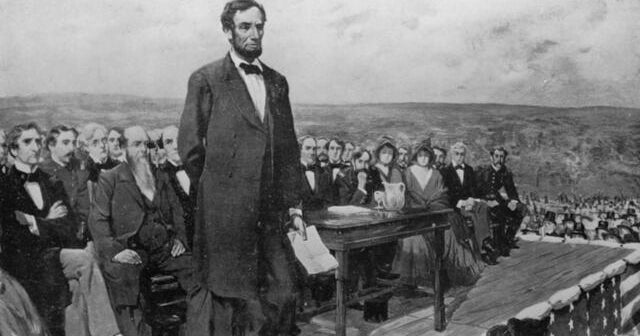How Historical Turning Points Shaped the United States
Throughout its history, the United States has been shaped by a series of pivotal moments that have defined its identity, values, and trajectory. These turning points, often marked by significant political, social, and economic changes, have not only influenced the course of the nation but have also left lasting legacies that continue to resonate today. This article explores some of the most critical turning points in American history and examines how they have shaped the United States into the nation it is today.
The Declaration of Independence: A New Beginning
One of the most significant turning points in American history occurred on July 4, 1776, when the Continental Congress adopted the Declaration of Independence. This document, authored primarily by Thomas Jefferson, articulated the colonies’ desire for autonomy from British rule and laid the philosophical groundwork for a new nation based on the principles of liberty, equality, and democracy. The Declaration not only marked the birth of the United States but also inspired future movements for independence and civil rights around the world. Its assertion that "all men are created equal" continues to serve as a guiding principle for American democracy.
The Civil War: A Nation Divided
The Civil War (1861-1865) stands as another monumental turning point in American history. Rooted in deep-seated issues of slavery, states’ rights, and economic disparities, the conflict ultimately led to the preservation of the Union and the abolition of slavery. The war’s conclusion resulted in the Reconstruction era, during which the United States grappled with integrating formerly enslaved individuals into society and redefining citizenship. The Civil War and its aftermath reshaped the nation’s social fabric, leading to significant constitutional amendments, including the 13th, 14th, and 15th Amendments, which aimed to secure civil rights for all citizens.
The Industrial Revolution: Economic Transformation
The late 19th and early 20th centuries marked a period of rapid industrialization that transformed the United States from an agrarian society into an industrial powerhouse. This economic shift brought about significant changes in labor, urbanization, and immigration. The rise of factories and mass production created new job opportunities, attracting millions of immigrants seeking a better life. However, this transformation also led to harsh working conditions, prompting the rise of labor movements and calls for reform. The Industrial Revolution laid the groundwork for the modern American economy and established the United States as a global leader in industry and innovation.
The Civil Rights Movement: Striving for Equality
The Civil Rights Movement of the 1950s and 1960s was a critical turning point in the ongoing struggle for racial equality in the United States. Activists, led by figures such as Martin Luther King Jr., Rosa Parks, and Malcolm X, fought against systemic racism and segregation through nonviolent protests, legal challenges, and grassroots organizing. Landmark legislation, including the Civil Rights Act of 1964 and the Voting Rights Act of 1965, emerged from this movement, dismantling legal barriers to equality and ensuring that all Americans had the right to vote. The Civil Rights Movement not only transformed American society but also inspired subsequent movements advocating for the rights of women, LGBTQ+ individuals, and other marginalized groups.
The Cold War: A Global Superpower
The post-World War II era ushered in the Cold War, a period of geopolitical tension between the United States and the Soviet Union. This conflict shaped American foreign policy and domestic life for decades, influencing everything from military strategy to cultural expression. The United States emerged as a global superpower, promoting democracy and capitalism while engaging in proxy wars and nuclear arms races. The Cold War also spurred significant advancements in technology and science, including the space race, which culminated in the Apollo 11 moon landing in 1969. The ideological battle between capitalism and communism during this period had profound implications for international relations and shaped the United States’ role on the world stage.
Conclusion: The Ongoing Journey
The historical turning points discussed above are just a few examples of the many events that have shaped the United States. Each moment in history has contributed to the complex tapestry of American identity, reflecting the nation’s struggles, triumphs, and aspirations. As the United States continues to navigate contemporary challenges, understanding these pivotal moments is essential for recognizing the ongoing journey toward a more perfect union. The lessons learned from history serve as a reminder of the resilience and adaptability of the American spirit, guiding the nation as it strives to fulfill its founding ideals.


